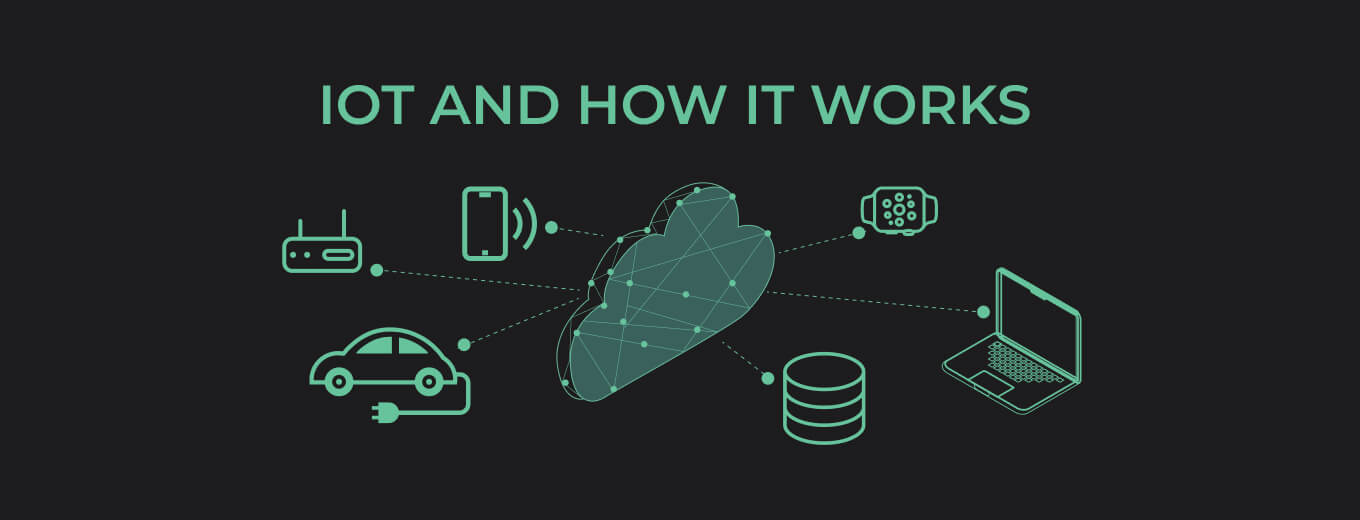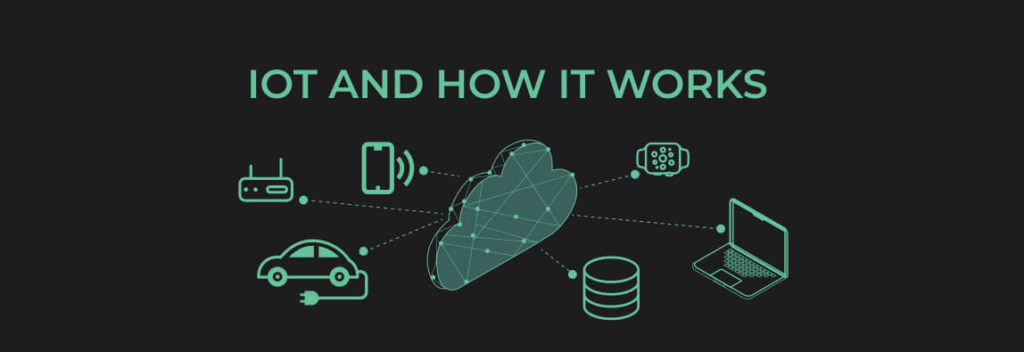
Svitlana Rakova
СОО



The best technological solutions of the future have already become reality. The future is today, as they say. And while some people are unsuspecting and discover these or those solutions at the peak of their popularity, others are investing in their development right now. Not everyone knows about the Internet of Things, but almost everybody uses it. Its market is growing like crazy and at least until 2030 will not stop. The IoT is an integral concept that could help humanity in literally every area. If you think about it, the very beginnings of this idea have already borne fruit in the form of unmanned cars, smart refrigerators, and voice assistants on the iPhone; and this is just the beginning. Want to learn more about IoT and how it works? Read our blog below.
Before we dive into the benefits of the Internet of Things for different areas of our lives, we first need to find an answer to the “what does IoT mean” question. IoT is a technology that creates a global communication network between interconnected computing devices. In doing so, human-to-machine or human-to-human communication is reduced to the bare minimum. This communication takes place through unique identifiers that transmit data through the network and can be embedded in anything up to and including animals (in the form of a biochip) or humans (in the form of an implant).
Depending on the application of IoT, they can read out different information needed for a particular business and transmit it without human intervention. Today more and more business organizations are implementing this system in their processes, but in addition to this, it is also used in the healthcare industry, engineering, construction, agriculture, home, and farming, and there is also IoT for banking.
Talking about how IoT works, we already mentioned that devices attached to objects need to be able to transmit data over a network. So, these devices transmit data for analysis in an on-premises environment or the cloud. They can also communicate with each other based on the information they receive from each other. All IoT work is done by itself, although humans can intervene to study the collected data and make various adjustments.
IoT technologies are the tech of tomorrow that are already here, and in the future, they will spread even more widely to make our lives even easier and more convenient.
The Internet of Things is capable of making our lives more comfortable and teaching us to work smarter while keeping everything we do under control. IoT systems are branching out into many areas, including even home automation, but most of its capabilities will be seen primarily in business.
To get more productivity, companies need more data to keep track of how their systems, deliveries, and logistics operations are performing. IoT is designed to provide people with this information, automate many processes, and reduce labor costs as a result. These are not all the benefits of an IoT operating system for business. Its other capabilities contribute to the following:
The best decisions are made based on comprehensive data, and the more of this data, the better. IoT sensors are capable of receiving large amounts of information because they can receive it from multiple sources. With the constant flow of this information, businesses can better see trends, strengths, and weaknesses of processes so that the best decisions can be made to improve the quality of their operations.
IoT monitoring systems offer you the ability to monitor anything. IoT trackers can significantly improve the efficiency of a company by providing real-time data analysis, secure communication, and stable connectivity. As a result, you will always have the ability to view the status of certain objects from anywhere in the world, while adhering to all security measures.
Someone says that laziness is the engine of progress, and we do our best to do nothing in the future, but we see it a little differently. When we can automate some routine processes, we have more time to do more important things. Imagine that in the future we will be able to get to refrigerators that detect when food expires. As well as cars that detect worn parts or tire pressure, and hospitals whose systems automatically detect when certain medications run out and order new ones. This way, we will not only make our lives more convenient, but we will also avoid a lot of trouble.
IoT can establish communication between people, schedule the most favorable meeting times, and create more convenient work schedules. The device also provides predictive maintenance in manufacturing, as entrepreneurs will always be aware of the status of working machines and other circumstances, allowing all problems to be solved ahead of time and ensuring smooth productivity. IoT also contributes to savings in many plans, including energy and gas consumption. The device will be able to adjust the light according to the number of people in the room, turn off the heating when all the people leave the room, and turn it on as well. Thus, IoT has always got our back and provides beneficial solutions to any part of our lives.

Although the Internet of Things as a concept itself was first mentioned back in 1999, the IoT definition that we know today only appeared a while ago. Nevertheless, this technological solution has attracted the attention of the whole world, especially the U.S. and Chinese markets. Now they have about 40 percent of the entire market, and that is unlikely to change in the future. Thousands of companies are starting to invest in innovative IoT-related startups today, which also indicates that this trend will continue to grow.
In 2020, the IoT market is estimated at 400 million dollars and in the future, experts predict its rapid growth until 2030 with an average annual growth rate of 10%. As a result, the size of the IoT market could reach $20 billion. Many international economic reports argue that IoT will continue to be influenced by macroeconomic and industry-specific factors. For example, Covid-19 has contributed to the development of IoT in healthcare. In the future, physicians will be able to monitor their patients even if they are at home, and this is not the only benefit of IoT in the medical field.
Today, we can see many trends that point to the successful growth of the IoT market, but we want to highlight a few key ones below:
We also expect to see even more legislation on IoT use in 2023. Either way, we can already see the Internet of Things becoming a part of our lives, and we hope that these technologies will only bring us good things.
The Internet of Things is a technology for the global transfer of information without active human involvement. In the future, this system is expected to make our lives several times easier, teach us how to manage our resources wisely, and greatly improve the quality of business. The trends of IoT development are already visible today and will undoubtedly only grow.
Comments